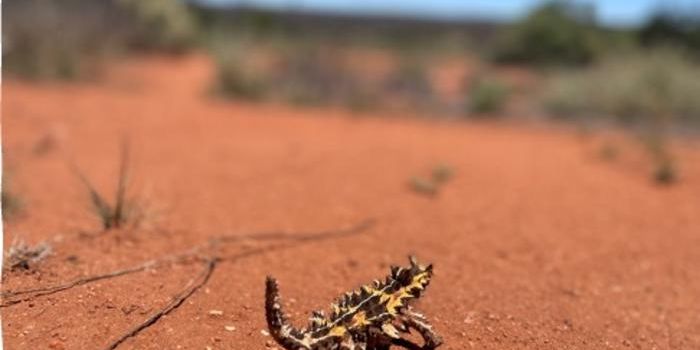The new self-repairing rubber and what it means for the world of tires
Research published in the international journal Chemical Science showcases a new material that could change the future of the global marketplace: a self-repairing rubber made entirely from waste materials.
"This study reveals a new concept in the repair, adhesion, and recycling of sustainable rubber," comments Associate Professor Justin Chalker from Flinders University, who says that too many plastics, rubbers, and ceramics are not recyclable.
Chalker’s team has figured out how to make this material from industrial waste products like sulfur, canola cooking oil, and dicyclopentadiene (DCPD). Such waste products are abundant from petroleum refining - and they’re cheap!
According to the researchers at the Chalker Lab at the Flinders University Institute for Nanoscale Science and Technology, combined with an amine catalyst, the materials trigger a chemical reaction that makes the rubber self-repair in a matter of minutes at room temperature. "It is exciting to see how the underlying chemistry of these materials has such wide potential in recycling, next-generation adhesives, and additive manufacturing."
Additionally, the material has the potential to be used as a latent adhesive, explains the University of Liverpool researcher Dr. Tom Hasell. "The rubber bonds to itself when the amine catalyst is applied to the surface. The adhesion is stronger than many commercial glues. The polymer is also resistant to water and corrosion.”
Flinders University lead author Sam Tonkin adds that the catalyst allows them to control the adhesiveness of the material. "In some cases, the amine catalyst causes the rubber to bond in just minutes, and it can be done at room temperature. The rubber can also be used as a latent adhesive, where it bonds to the surface of another piece of rubber when the amine catalyst is applied. Basically the rubber is not 'sticky' until the catalyst is applied."
The authors hope to address some of the problems that Australia faces in regards to the lack of recycling seen with rubber products. Of the 48 million tires disposed of every year in Australia, only 16% are domestically recycled, leaving approximately two-thirds of them in landfills or illegally dumped.
Sources: Chemical Science, Eureka Alert









